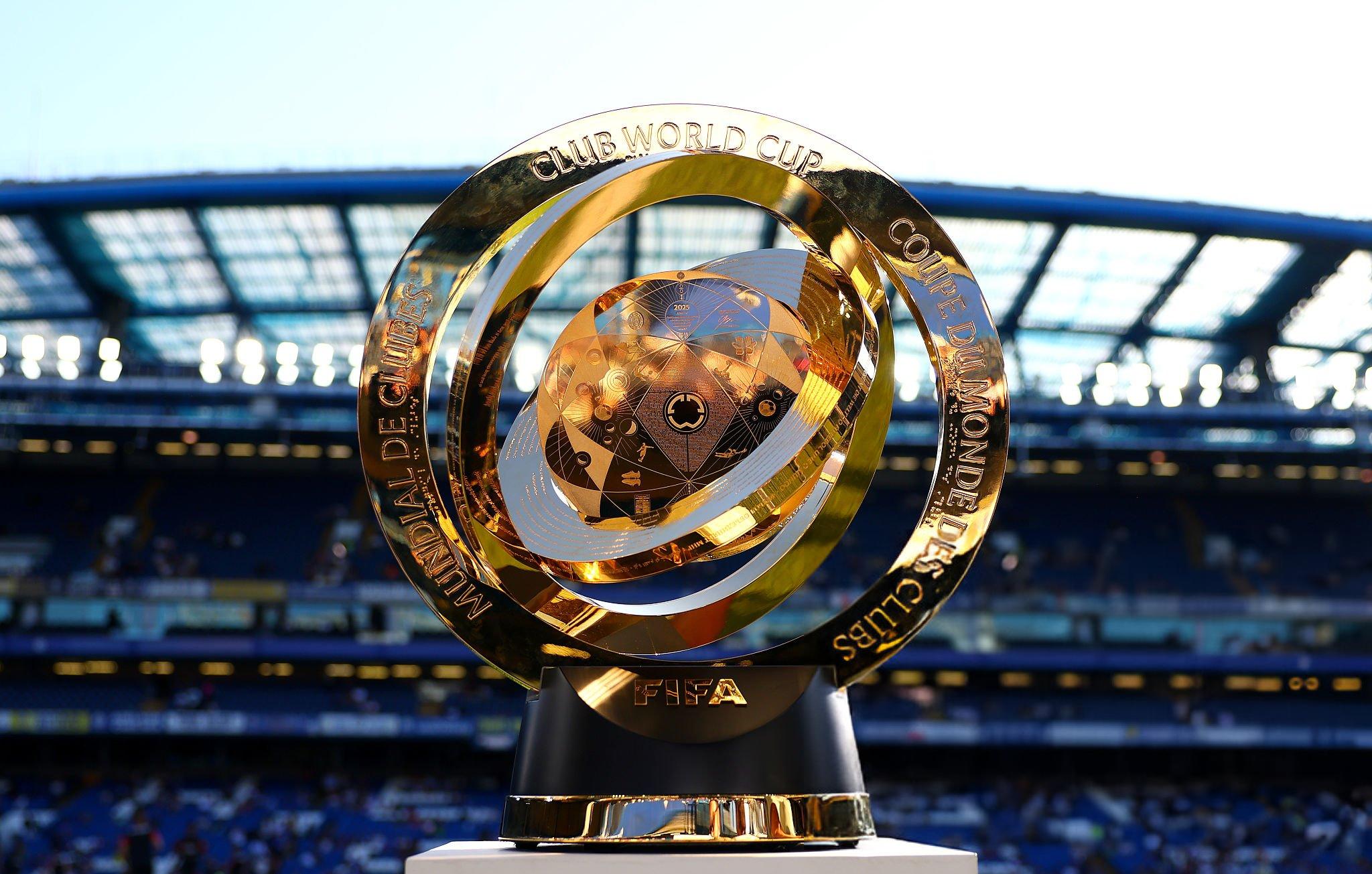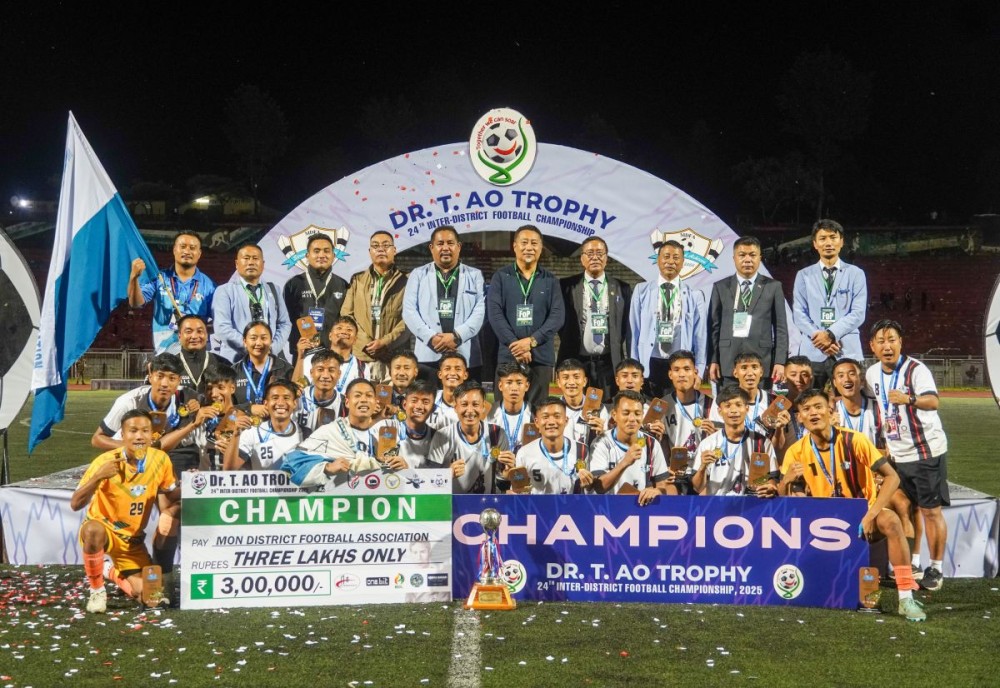FIFA is weighing a faster beat for its biggest club showcase, exploring a two year cycle for the expanded Club World Cup after a money spinning debut in the United States, even as unions and leagues warn of mounting risks to players and the calendar. The 32 team event launched in 2025 on a World Cup style four year schedule, but pressure from elite clubs has reopened the debate.
Why a biennial push is gathering steam
Clubs see fresh opportunity after the commercial pull of the 2025 edition, which ran with group stages and knockouts across a month and delivered substantial payouts and global reach. Real Madrid and other heavyweights have urged FIFA to consider a two year rhythm, arguing that more frequent editions could amplify revenues and audience growth on a predictable cycle. The lure is clear, teams want to replicate the financial scale and spotlight more often, turning the tournament into a regular marquee feature.
Yet caution is growing inside FIFA about the feasibility of staging a 32 team mega event every two years at the same commercial level, given broadcasting, sponsorship, and hosting demands. The governing body initially positioned the expanded Club World Cup as a quadrennial showpiece aligned with the global calendar and sitting alongside continental competitions, not replacing them. That original cadence now frames the discussion over what is sustainable for the sport and its schedule.
Also Read: Mon lift Dr. T Ao Trophy 2025 after penalty shootout thriller in Kohima
The flashpoint, player welfare and legal pressure
Player unions and leagues argue that the expanded tournament squeezes rest windows and adds strain to an already crowded calendar, raising risks of fatigue, injury, and burnout if held every two years.
Representatives have moved beyond warnings, filing complaints and legal actions that challenge unilateral control of the match calendar, citing competition law concerns on transparency and non discrimination, and asserting inadequate health protections for players.
European leagues and domestic bodies, including La Liga, have threatened boycotts or further legal steps if congestion continues.
Unions point to real world workloads, noting that many stars arrived at the 2025 event after long club seasons and international duty with minimal recovery. Examples from top teams show quick turnarounds between domestic fixtures, continental tournaments, and national team commitments, leaving little time for rest or mental recovery.
Player groups say meaningful consultation on the international calendar has been lacking, and that mandatory rest protections are being pushed aside as events multiply.
Also Read: Kerala on alert after rare brain‑eating amoeba cases in Kozhikode
What happens next
FIFA has said its events occupy a limited slice of the schedule and include rest before domestic seasons, and that decisions were agreed with confederations and stakeholders, claims that critics dispute.
With clubs lobbying for a biennial model and unions pressing for stronger safeguards, the next phase is likely to unfold in courtrooms and negotiating rooms, where outcomes could redefine who sets the global calendar and how often mega events can be staged.
Any move away from the four year plan will need to address legal challenges, medical risks highlighted by player groups, and doubts about commercial feasibility voiced by FIFA leadership.




